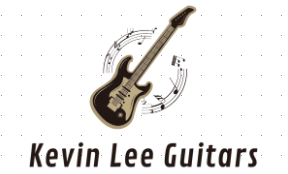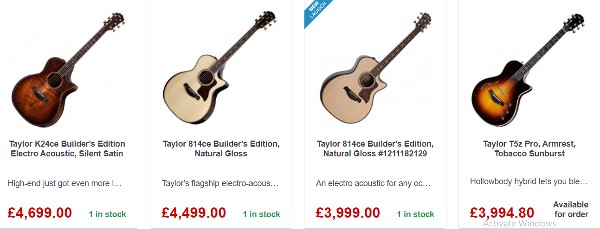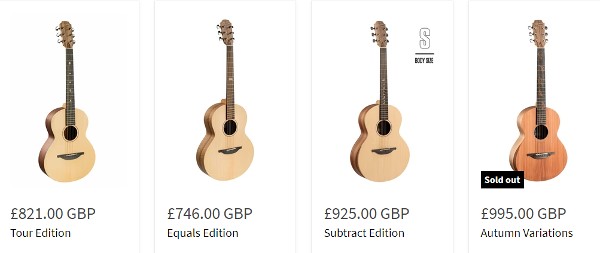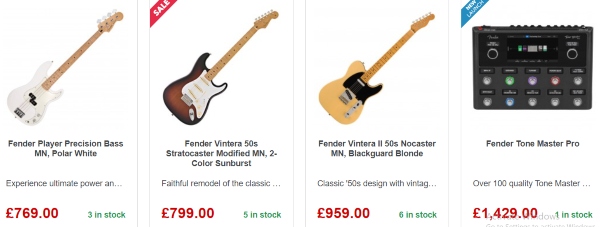Are you thinking about getting a used guitar but feeling unsure about what to look for? Don’t worry; we’ve got you covered! Buying a used guitar can be a fantastic way to save money while still getting a quality instrument. However, it’s essential to know what to look for to ensure you’re getting a good deal. Here are some tips to help you navigate the process:
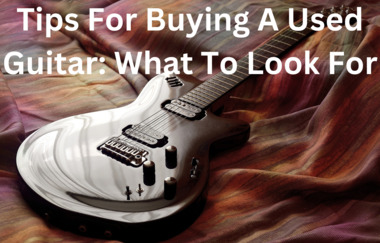
Inspect the Body: Start by examining the guitar’s body for any signs of damage or wear. Look for cracks, dents, or scratches, especially around the edges and corners. These can affect the guitar’s sound and playability.
Check the Neck: Next, check the neck for any signs of warping or bowing. Hold the guitar up to eye level and look down the neck from the headstock to the body. The neck should be straight, with no visible twists or bends.
Examine the Frets: Take a close look at the frets to see if they show any signs of wear. Frets that are worn down or uneven can cause buzzing or intonation problems.
Test the Electronics: If the guitar has electronic components, such as pickups or controls, make sure to test them out. Plug the guitar into an amp and listen for any crackling or static noises.
Playability: Finally, play the guitar to see how it feels in your hands. Pay attention to the action (the distance between the strings and the fretboard) and how easy it is to fret notes and chords.
Ask Questions: Don’t be afraid to ask the seller questions about the guitar’s history and any repairs or modifications that have been made. This information can help you make an informed decision.
By following these tips, you can feel confident when purchasing a used guitar. Remember to trust your instincts and take your time to find the right instrument for you. Happy guitar hunting!
